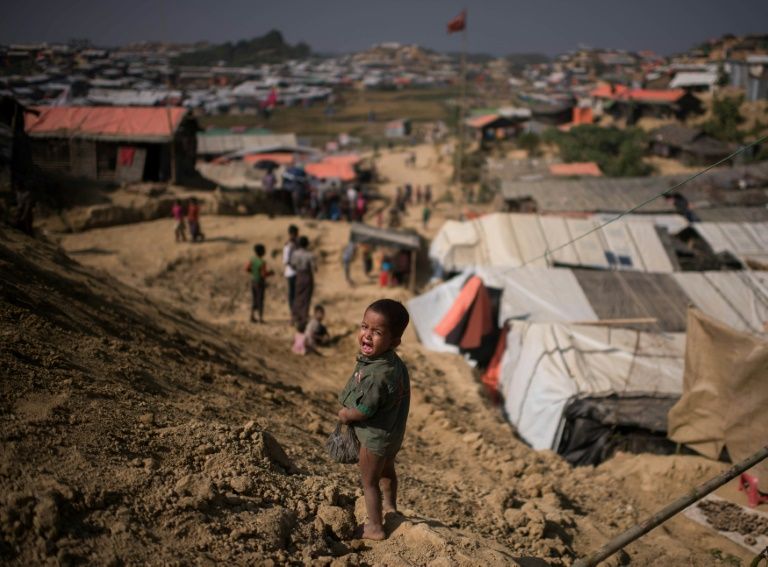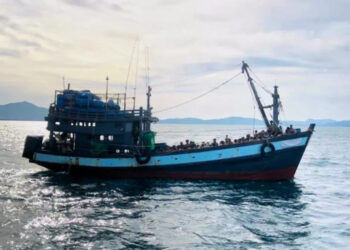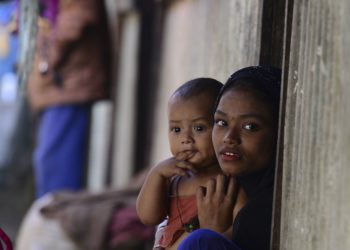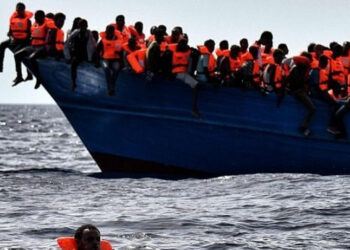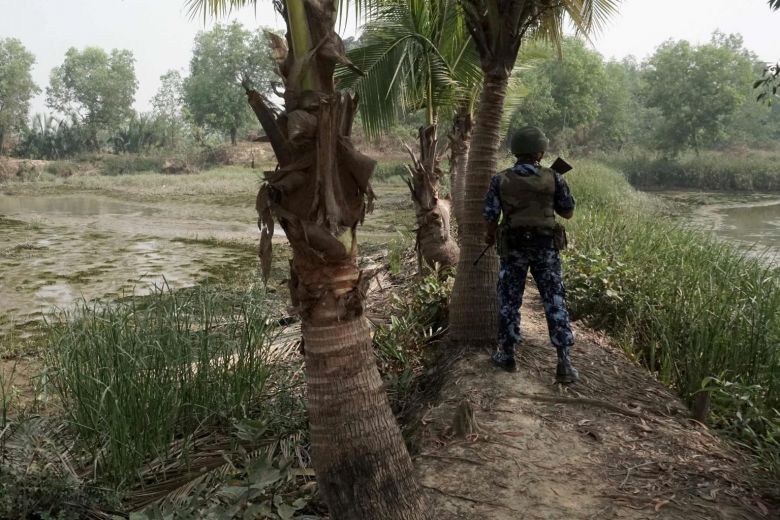The U.N. Refugee Agency has identified almost 400 Rohingya households in the Kutapalong area of Bangladesh that are currently most at risk of being swept away by floods and landslides during the rainy season, a spokesperson for UNHCR told The Globe Post.
Kutupalong refugee camp in Ukhia is one of the two government-run refugee camps in Cox’s Bazar. The monsoon season, which is expected to start in April, will put in danger tens of thousands of Rohingya refugees staying at the settlements in the area.
Kutapalong and Balukhali refugee settlements shelter more than 569,000 people. Landslides and floods can put at least 100,000 of them in grave danger, according to UNHCR. During the rainy season, more than 85,000 refugees can lose their shelters, while another 23,000 will face the risk of landslides.
“Regarding the Kutapalong area (in the main settlement, and excluding other areas that could also be at risk where refugees are living), as a result of our initial assessments and mappings, we have identified 371 households who are living in areas that are currently most at risk,” UNHCR Senior Public Information Officer Caroline Gluck told The Globe Post.
She explained that these families are living on slopes of more than 45 degrees that could be swept away by landslides or floods. To resettle them, the agency will adopt a community protection approach, working to ensure that the relocations do not split up relatives.
“Our teams will be meeting those people in the next few days and explaining the risks they face and the help we can provide,” Ms. Gluck said.
Upon refugees’ agreement, the agency is planning to relocate the individuals within the existing settlements.
“These are highly congested areas and we continue to advocate for additional land,” Ms. Gluck said. “In other cases, we are looking at temporarily relocating some families, improve the land – i.e. reducing the slope steepness – and then returning families to their former locations.”
She added that UNHCR is planning to do a pilot project in the coming week or two.
Preparation saves lives. We're ramping up efforts to mitigate effects of upcoming monsoon season in vulnerable parts of Bangladesh hosting hundreds of thousands of #Rohingya refugees. pic.twitter.com/NKvexCEQTp
— UNHCR, the UN Refugee Agency (@Refugees) February 5, 2018
The International Organization for Migration has also expressed concerns about the monsoon and cyclones that are now imminent in Cox’s Bazar.
“Floods, landslides and strong winds will be a deadly threat for thousands of Rohingya families,” IOM Cox’s Bazar shelter programme manager Keisuke Kamiya said in a release.
“While it will be impossible to provide safe havens for all, we can mitigate the potential damage to people’s living environment by ensuring access to materials and technical support to improve sites and the robustness of the shelters,” he added.
Since August, more than 688,000 Rohingya have fled violence in Myanmar, and people continue to arrive in Bangladesh every week. The U.N. has referred to the military and police crackdown on the minority as one of ethnic cleansing.
Midwives Shortage: Thousands of Rohingya Babies Born in Poor Sanitation


